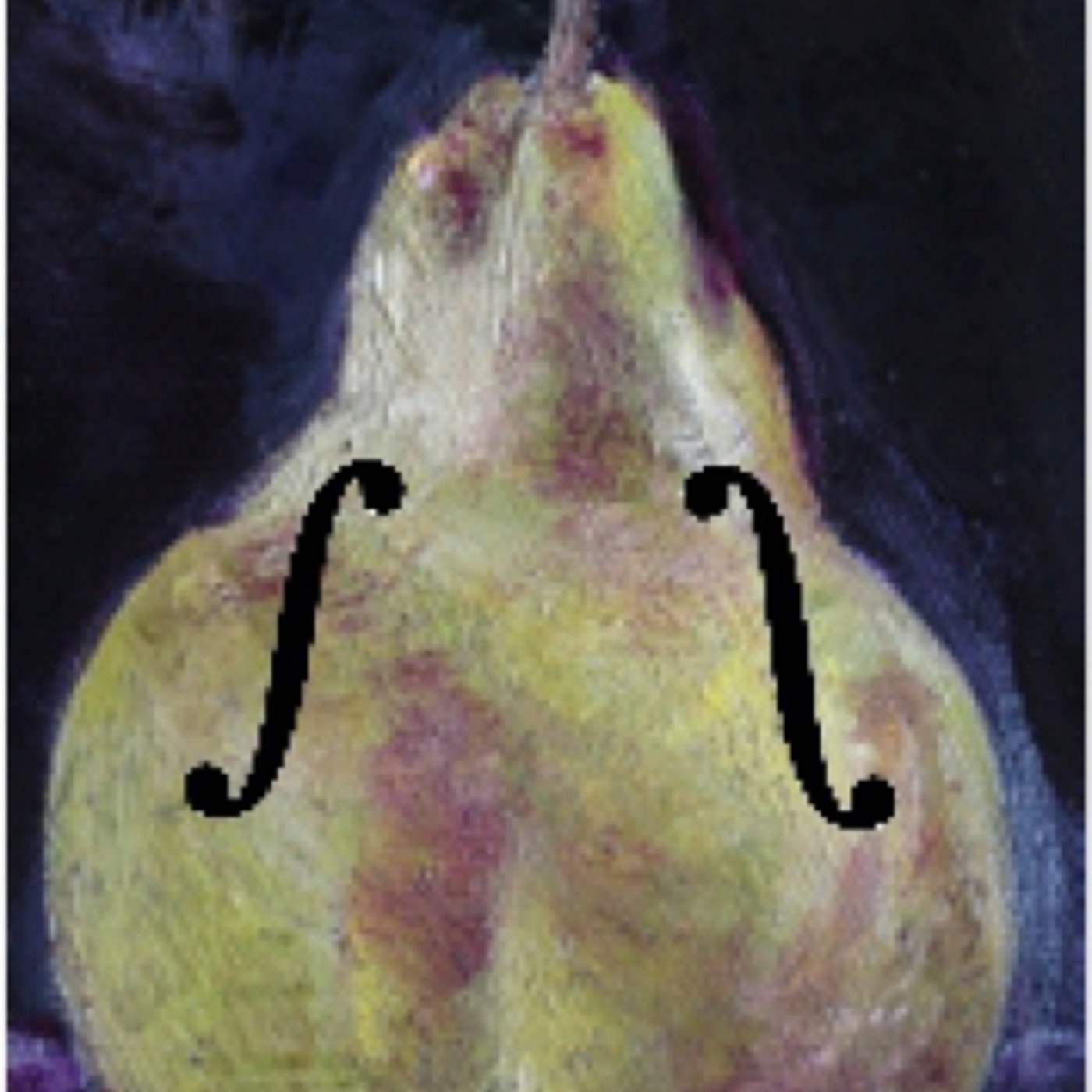John Elliott's Insights In Jazz Podcast
Channel Details
John Elliott's Insights In Jazz Podcast
Discussions about the book Insights In Jazz that contains a method to memorise hundreds of jazz chord progressions. www.dropback.co.uk
Recent Episodes
30 episodes
30. Remember
The Irving Berlin standard, Remember, from 1925 is analysed according to the method. Bricks used include: Chromatic Dropback; Cadence; Launcher; To IV...

29. Star Dust
The standard is analysed according to the method.
Bricks used include TTFA dropback; Double Pullback; SPOT; 7-chord Pullback; To IV n M...

28. If I Should Lose You & You'd Be So Nice To Come Home To
These two standards are analysed according to the method and found to be almost identical. These songs are used to show how standards often visit comm...

27. Misty
The standard Misty is analysed according to the method. Comparison is made with "I Want to Talk About You".
Bricks used include: To IV...

26. No More Blues (Chega De Saudade)
This bossa nova standard is analysed according to the method. The song is not in the book and so a chart is available on the Google Group web site.

25. Pennies Ending Metabrick
The Pennies Ending metabrick is introduced. This is family of 8-measure bricks which is extremely common in jazz standards. Most often it is used to a...

24. My Foolish Heart
The standard My Foolish Heart from 1949 is analysed according to the method. The form is ABAC, but the chords are more complex than songs looked at to...

23. Rhythm Changes
The chord changes to I Got Rhythm are the most common changes used in jazz after the 12-bar blues. This podcast takes a Metaview of "Rhythm Changes" s...

22. Whisper Not and the Backsliding Autumnal Cadence
In this episode, Whisper Not is analysed according to the method. This song is in AABA form and is considered to have a home key of Dm since that is t...

21. Broadway and the mystery of Bartok substitution
The standard from 1940 is analysed and shown to have the same A section "metabrick" as "Take the A Train" and "Bernie's Tune".
Using di...

20. Bernie's Tune
The standard from the 1950s, Bernie's Tune, is analysed according to the method. Reference is made to the metabrick, Donna Lee (or 'A' Train) Opening,...

19. What's New
The standard What's New (1939) is analysed according to the method. This AABA-form song is remarkable because all of it's sections are almost the same...

18. Beautiful Love
The standard Beautiful Love from 1931 is analysed. This is a good example of a standard predominantly in the minor key that visits the relative major....

17. Interview with Phil Clark, sax player. UK
John talks with saxophone player, Phil Clark, about his use of the method in order to learn to play without music. Phil explains his approach to learn...

16. To IV n Back (Part II)
The To IV n Back family of bricks is revisited in this second of two podcasts. This time the focus is on returning to I via #IVo. Examples of songs in...

15. To IV n Back (Part I)
The very important family of metabricks, "To IV n Back", is introduced in Part I of this two-part podcast. The harmonic purpose of the family is intro...

14. Interview with Jean-Baptiste Richon, pianist, Edinburgh, UK
John talks with a French friend, JB, who plays jazz piano and uses the method to learn songs in bands of various jazz styles. The discussion covers ho...

13. Indiana
The standard, Indiana, is analysed according to the method in the Insights In Jazz book. Bricks used include: Donna Lee Opening; Dropbacks; To IV n Ya...

12. Simple Song Perdido
The simple standard, Perdido is analysed and found to be made up of just two bricks and one join. Bricks are the 7-chord Dropback and the Rhythm Bridg...

11. Interview with Eugene Pliner, San Francisco, CA, USA
This week's podcast is a telephone interview with Eugene Pliner, a pianist from San Fransisco. Eugene talks with John and explains why he likes the me...

10. Secret Love and the Metaview
The standard, Secret Love, is analysed with particular attention the metaview and substitution. Bricks covered include: Cadence; On-Off; POT; SPOT; Ya...

9. Off and On
The concepts of 'Off' and 'On' are explored with examples from many songs. The meta brick, 'On Off On + Dropback' is also explored with variants.

8. Softly, as in a Morning Sunrise
A very simple tune that is predominantly in a minor key but demonstrates the bricks: Cadence; POT; Launcher and Rhythm Turnaround. Joins used are: Hom...

7. Fly Me To The Moon
This podcasts continues to consolidate the ideas about Minor Harmony in the previous two podcasts. This tune uses the brick: Extended Cadence; Overrun...

6. Autumn Leaves
Autumn Leaves is used to illustrate the concepts introduced about Minor Harmony in the previous podcast. Bricks introduced include the Overrun; Launch...

5. Minor Harmony in the Method
This week's podcast discusses minor harmony as used in jazz standards and how this relates to the IIJ method. Conversion of bricks to their minor equi...

4. Leith FM Interview
In December 2009, John was interview about the book, Insights In Jazz, by Leith FM, a radio station local to Edinburgh, Scotland, UK.

3. Simple Song Blue Moon
Another simple song, Blue Moon, is analysed, introducing the bricks: POT; On; 7-chord Dropback; and Slow Launcher. The joins in this song are Homer, H...

2. Simple Song Tune Up
Tune Up is analysed, using the method in the book, showing the sound of the regular Cadence brick and the joins New Horizon and Bauble.

1. Benefits
So, what are the benefits of the LEGO approach to learning jazz chord progressions? John Elliott, author of Insights In Jazz, discusses.